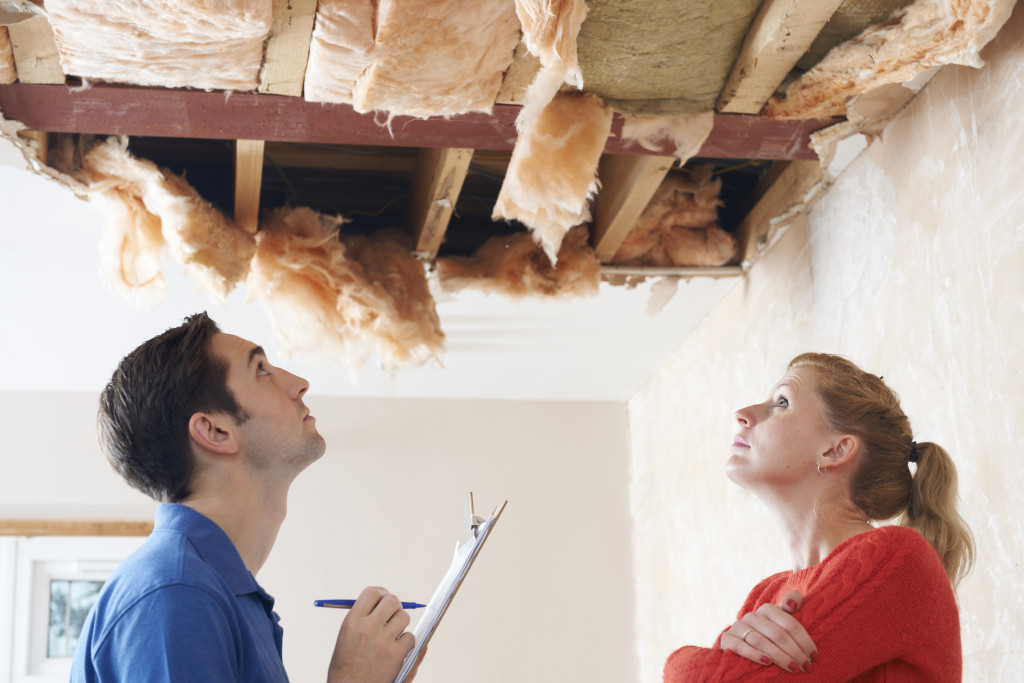Almost every homeowner is guilty of putting repairs and maintenance off until the last minute. It’s normal; we’ve all done it. After all, not all of us have the time to attend to every leaky faucet or squeaky step immediately. However, not all home issues are safe to put off for later—when left ignored for too long, some problems can cause major damage to your home, and perhaps even put your family at risk.
That said, here is a list of home problems that you shouldn’t ignore:
1. A faulty heater
As soon as you detect a problem in your heater—whether it is electric or gas—call a technician to diagnose the issue and fix it before it’s too late. At best, a faulty heater can have you taking cold showers until the problem is addressed. At worst, a faulty heater can lead to a house fire. Whatever the case may be, it’s better not to take any chances.
Furthermore, call a reputable heating company to service your heater at least once every two years, especially if you are using a gas heater.
2. Buildup on your roof
You probably don’t check your roof frequently, but you should do so at least once every season to see if there is any buildup of debris up there. If debris accumulates on your roof, it can trap moisture, which, in turn, can cause your roof to sag and deteriorate. Over time, the buildup of debris plus the moisture can cause your roof to cave into the house, which can lead to a myriad of other problems on top of a large repair bill.
3. A leaky pipe
A leaky pipe is a common problem in any household; one that doesn’t seem very pressing or dangerous. However, a leaky pipe is often a common sign that there is something wrong with your pipes. For example, if the leak is because of freezing, corrosion, or tree root encroachment, there is a good chance of bursting if the problem is ignored for too long, which can lead to major water damage.
You could try to find the cause of the problem yourself with a few simple tools. However, if the leak persists despite your DIY efforts, it’s probably time to call a plumber.

4. Termite infestation
Termites are pesky little creatures that eat through wood and create tunnels within walls and furniture. If the infestation is severe enough, it can damage the inside of your walls and affect the structural integrity of your home. Sometimes, termites can even cause ceilings to buckle or rafters to fall off completely.
You would know if your house has a termite problem if you detect:
- Uneven or bubbling paint
- Buckling ceilings
- Fine wood dust near wooden structures
- Discarded wings
- Hollow-sounding timber
- Mud tubes on walls
- Windows or doors that are harder to close
5. Moisture issues
A tell-tale sign that your house has a moisture problem is mold growth. If there is mold in your house, it means that the air inside is too moist, thus allowing the growth of fungus. However, it’s not only the mold that you need to worry about (and the health effects that they cause). If your house has a moisture problem, it could also mean that your house has water damage.
Water damage can cause structural faults and safety hazards in your home. That said, it’s best to address the issue as soon as it arises. Call a water damage company to perform an assessment on your home. They will figure out where the excess moisture is coming from (e.g. leaky pipes, poor ventilation, etc.) and help you address the problem/s right away.
6. Faulty wiring
If you live in an old house with outdated wiring, it may be common to encounter electrical problems such as fizzing light bulbs, warm electrical sockets, and grounding issues. The same goes if you live in a newer home that has poorly installed wiring. Either way, it is important to address wiring issues before they can cause house fires or electrocutions.
Look out for these signs to see if your house has a wiring problem:
- Strange odors (e.g. burning smell, “electricity” smell)
- Flickering or dimming lights
- Frequently tripped breakers
- Buzzing sounds
- Sparking
- Warm outlets or switch plates
- Smoking outlets
- Frayed wires
- Scorch marks on electrical fixtures
- Frayed wires
- Frequently blown fuses
- Vibrating spots on walls
If these issues currently exist in your home, take this as your sign to address them immediately before they can cause major damage, or worse—put your family’s health and safety at risk.











